The physical environment of your service is about more than looking good to prospective families.
Quality Area 3 (QA3), Physical Environment, is related to two aspects of your centre—how the indoor and outdoor areas are designed and used. Designing your facility should involve consulting with staff and experts to ensure that the environment is stimulating and safe for children.
The design also needs to ensure that all areas are accessible to all the children in your care. Staff should be well-informed about the purpose and maintenance of the environment, with documentation supporting all design decisions.
A well-designed physical environment
To rate well in QA3, your centre’s environment should include several features:
- Children are free to move from one area of the centre to another
- The equipment is versatile and can be used in various ways
- Provides a safe area, yet one that allows children to take acceptable risks
- Both indoor and outdoor spaces support the access of every child
- The environment is subject to regular maintenance and safety checks
Bring the outdoors inside or engage in quiet activities outdoors
Part of ensuring your centre can be used in various ways is to facilitate access to all resources placed in different areas. Create an indoor nature table with natural items for children to touch, stack and build. This is an excellent way for children to engage with nature while indoors.
- The outdoor environment need not only be for running, jumping and burning off steam.
- A well-designed outdoor area provides opportunities for group and individual play.
- Outdoor facilities incorporate spaces for traditionally indoor activities.
- Stations for making clay sculptures
- Comfy chairs for reading under shady trees
Learn more about designing a safe, inclusive and suitable environment for children of all ages in our guide, How to Improve Ratings in Quality Area 3.
How to Improve Your Ratings in NQS QA3
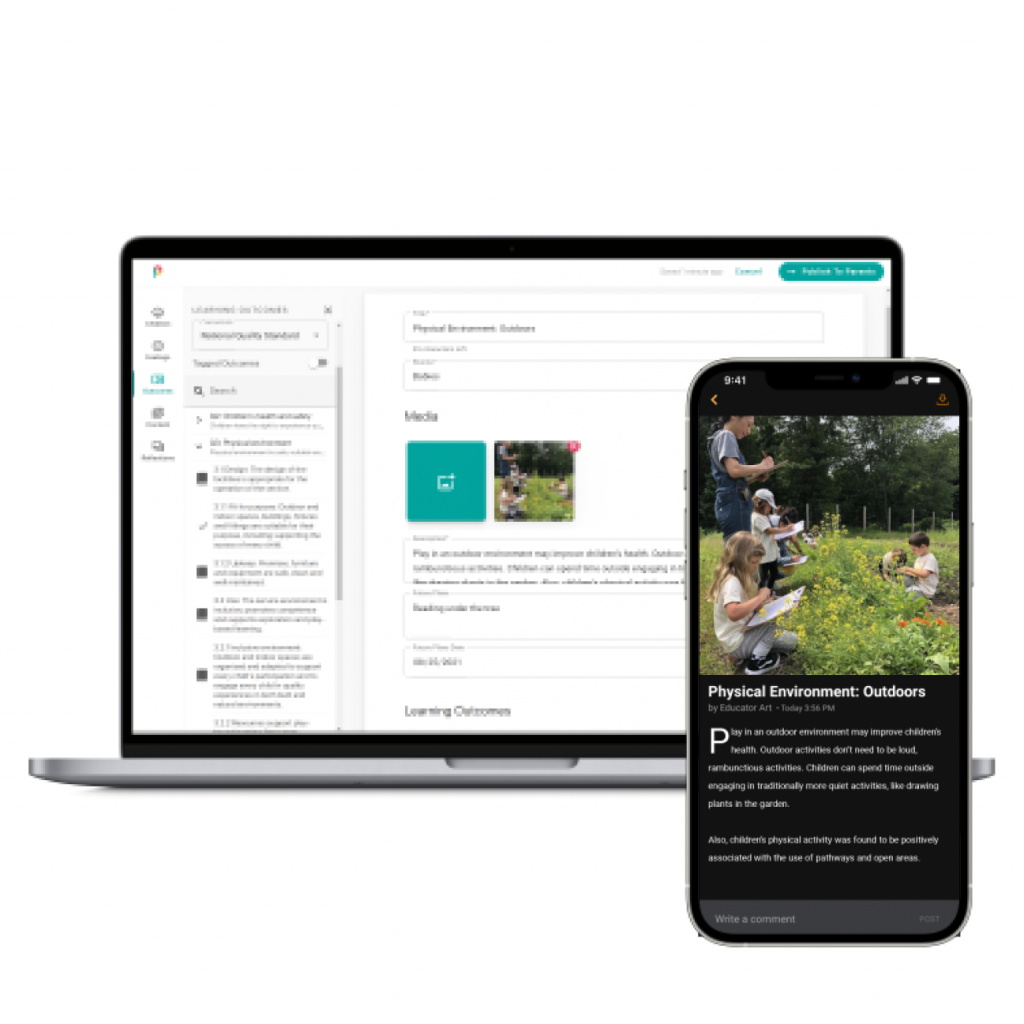
How the physical environment affects children— and your ratings
A varied, modular environment can go a long way to engaging and challenging children. An area with movable equipment that children can use in different ways helps keep things fresh. It allows children to explore the space in creative ways. It will also continue to challenge them, allowing them to develop skills on an ongoing basis.
Indoor and outdoor environments with different levels allow climbing and exploring. Raised platforms, stairs, boxes, ladders, climbing walls and trees are ways to get children higher off the ground. They can test their physical skills, particularly when the area is adequately safe for acceptable risk taking. This helps build independence and develop confidence.
Babies require specific considerations
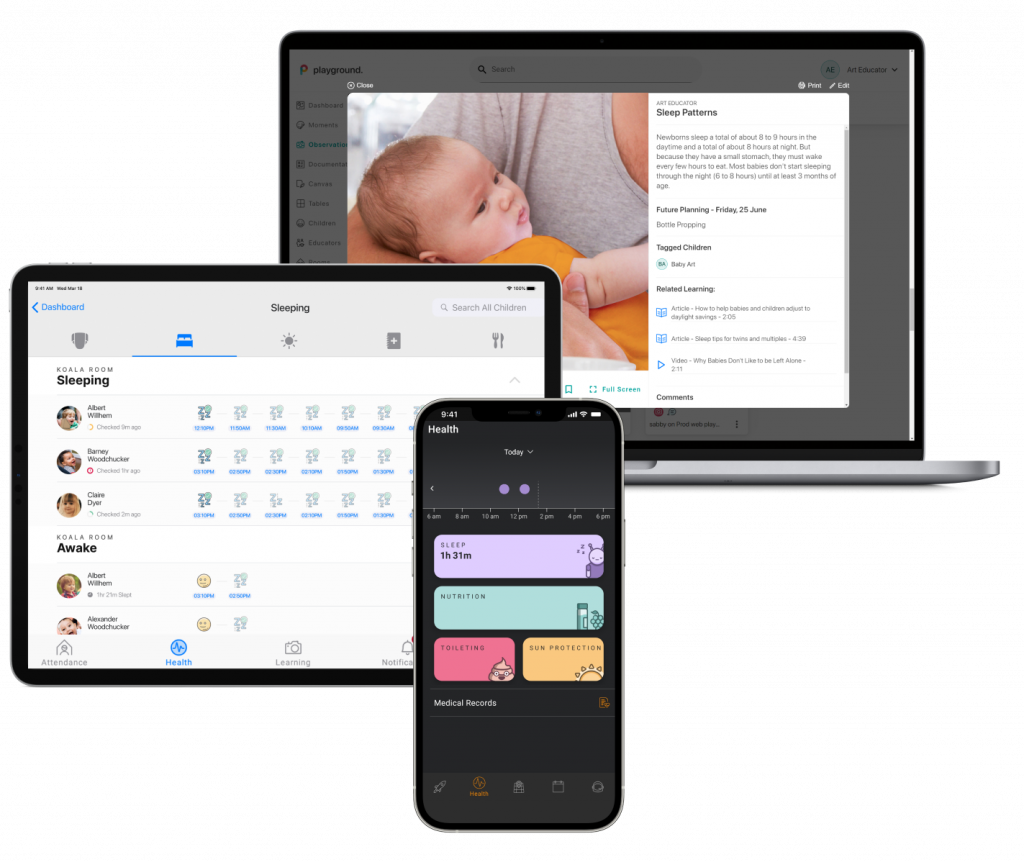
- Don’t confine babies to indoor environments
- Allow babies to explore the outdoors
- Provide them a variety of tactile sensations
- Let them crawl on grass
- Let them lie on a soft fall mat or wooden deck
- Take adequate safety precautions
- Babies interact with the world by mouthing
- No items smaller than a D-size battery
Documentation, as always, is key
Regardless of the quality area under consideration, documentation is critical. A lack of documentation gives assessors nothing to assess. There is no proof you’re meeting the NQS, even when you are.
Things you can document in Quality Area 3:
- Your cleaning schedule, safety checks and regular maintenance logs
- Design plans and motivation for implementing specific designs and equipment
- Photos and videos of children using the space in a variety of ways
- Records that all equipment meets or surpasses Australian standards (particularly cots)
- A sustainability policy posted for staff and children to see
Make sustainability discussions part of your routine
Environmental responsibility isn’t just about saving the environment. It’s also about educating children about how they can contribute. A solid sustainability plan is splendid for your centre and the environment. But involving children in those efforts is of even greater value. Additionally, this will also help you with your NQS ratings.
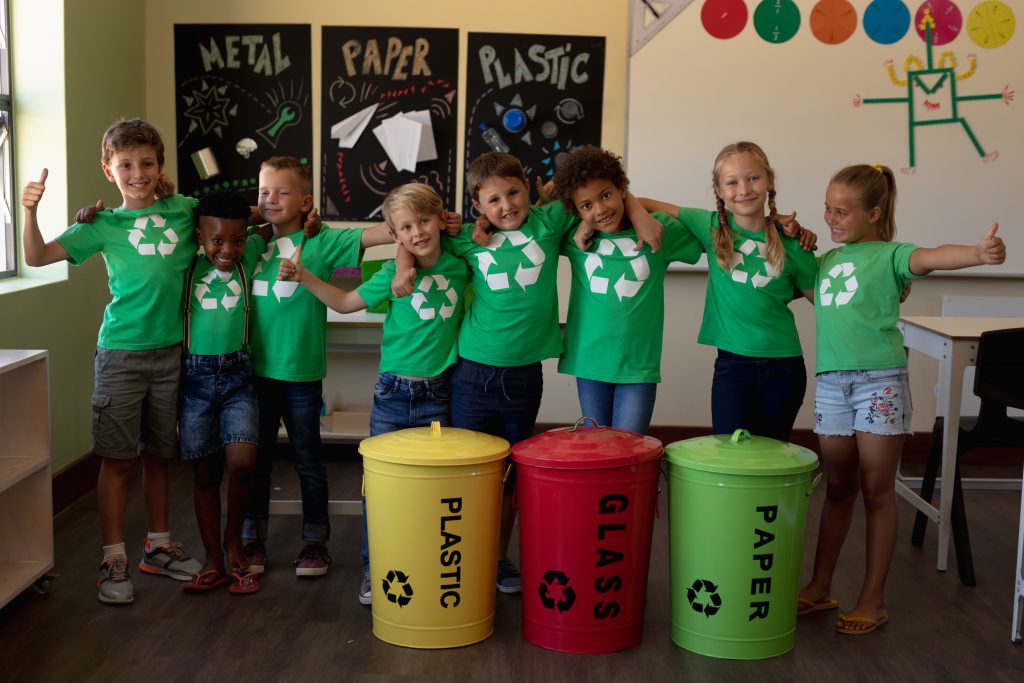
Have children collect leftover drinking water they can later distribute in the centre’s garden. This can lead to a conversation about water conservation. Educators can engage children about why it’s important to turn off lights in rooms when they leave. Teach children to sort recyclable materials from the waste after an arts and crafts activity. This will help them feel involved in the recycling efforts.
You have the tools—now it’s time to use them
Using the information and suggestions in this article, combined with the content in the complete NQS Quality Area 3 Guide, you should be well prepared to develop your centre’s Quality Improvement Plan (QIP). With planning involving critical reflection, a well-designed environment that includes sustainability considerations and documentation of your efforts, you’ll be well on your way to Meeting NQS.
We’ve created several free guides aimed at helping ECEC services improve the quality of their service to secure high NQS ratings. Please visit our free resources section to view other completed NQS quality area guides, along with our other guides on topics relevant to ECEC services.
You might also be interested in…
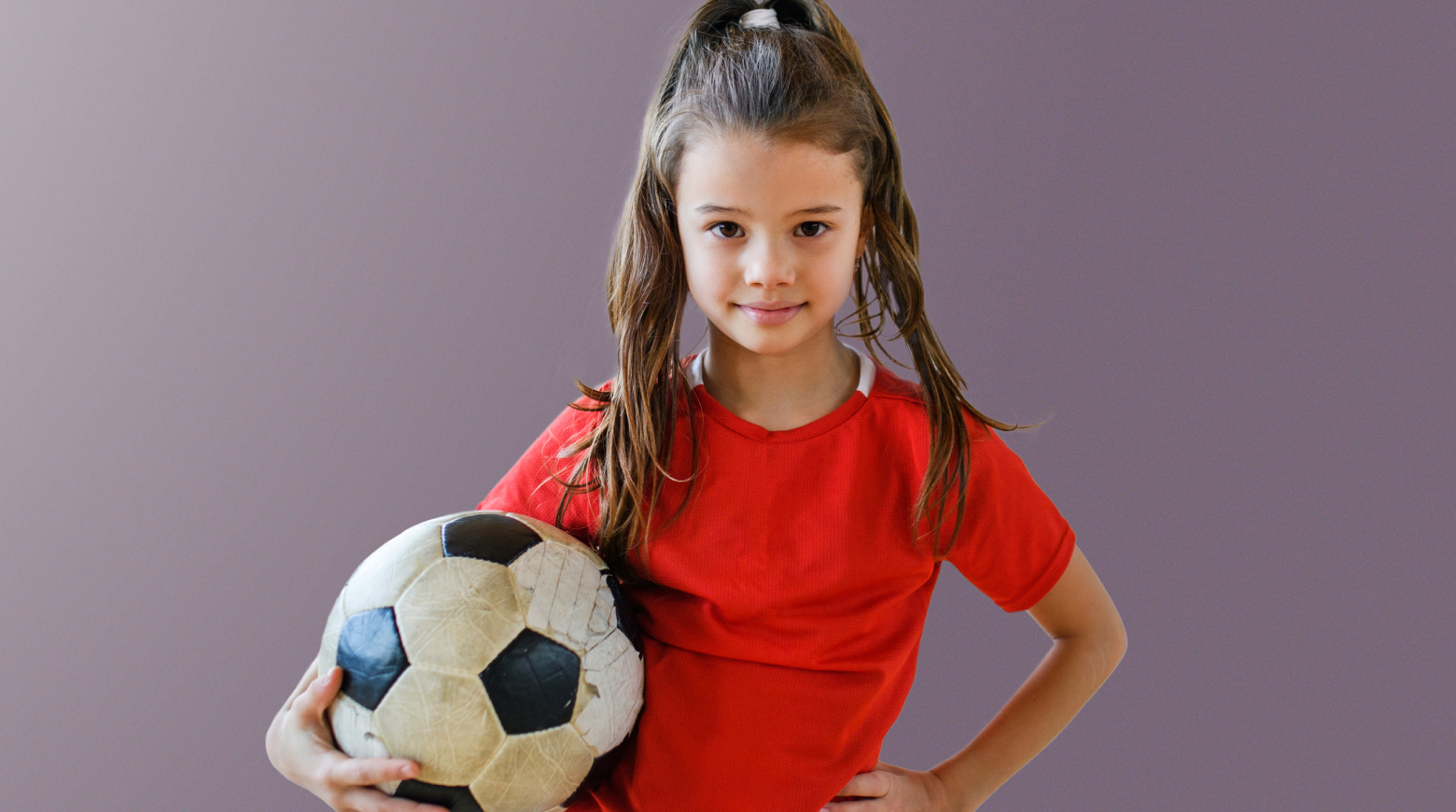
Blog
A guide to improving your centre’s physical environment
Xplor, Australia’s leading early learning software solution, has released a guide containing practical and actionable strategies for childcare centres to ….
Read more
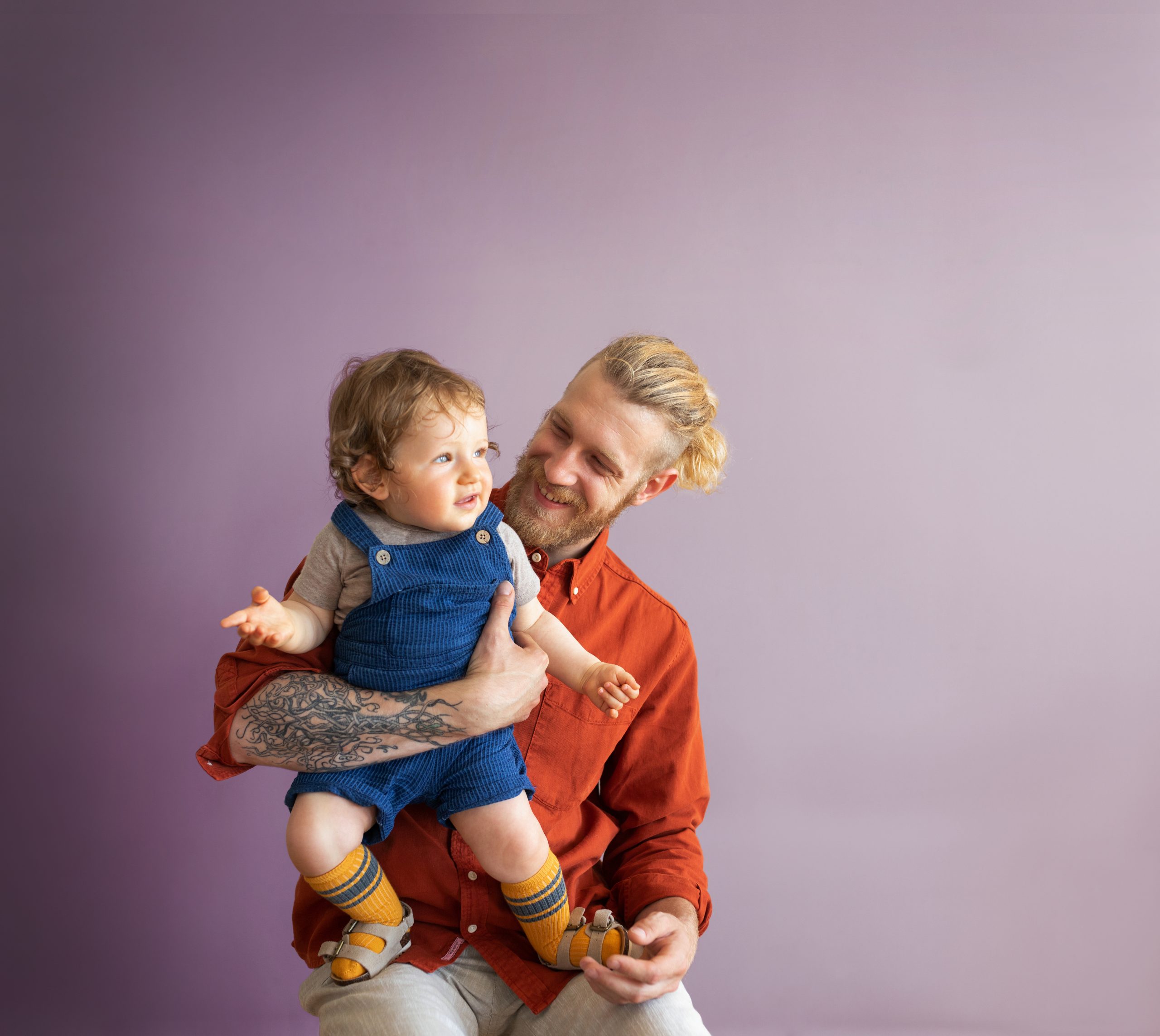
Blog
How to achieve Quality Area 1 and improve your NQS rating
Many services want to better understand how to achieve Quality Area 1 to more competitively for occupancy and maintain a ….
Read more

Blog
How to build a strategic plan for your childcare service?
The end of the year is fast approaching. It’s a great time to review the past year’s results and build ….
Read more

by Dean Comeau (Marketing Team Lead)
-
First published: 11 February 2022
Written by: Dean Comeau
